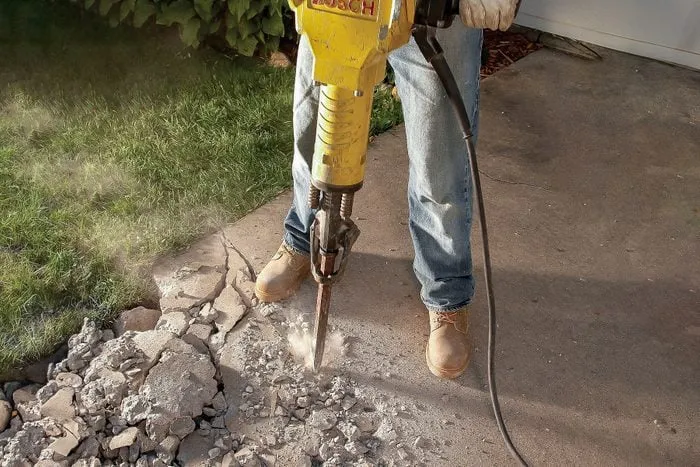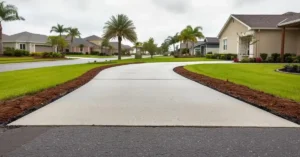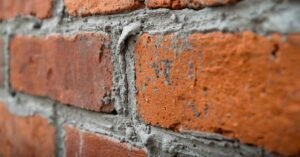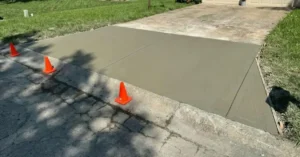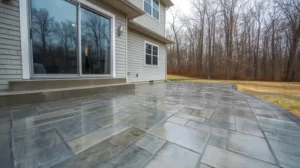Every removal job improves when you begin with strong planning and order. Each task benefits from early checks that map out wires, pipes, and soil. Mark furniture, tools, and vehicles away from danger before the first strike. City permits and guidelines matter because fines delay projects and raise costs. Clean work zones support clear sightlines and fewer surprises when machinery arrives. Schedules should limit neighborhood noise, dust clouds, and unsafe night operations around homes. Write an action list that identifies tasks, helpers, and supply delivery windows. Trained minds know a slow start builds steady progress without sudden setbacks or risk. A clear approach saves wasted energy and sets the stage for quality work. This planning mindset builds the perfect foundation for safe efficient concrete slab demolition.
Partnering with Trusted Professionals
Reliable contractors transform demolition chaos into an orderly predictable construction experience quickly. Many homeowners and remodelers rely on Mouton Concrete Services Hub for their deep expertise. Licensed operators bring industrial breakers, saws, and safe haul-away trucks without delays. Site surveys show utility lines, soil condition, and slab depth before heavy tools move. Professionals manage barriers, signage, and protective mats to defend lawns or driveways daily. Insurance coverage shields you from injuries or accidental property harm during rough tasks. Detailed quotes outline cost, time, and disposal so clients avoid sudden financial shocks. Crews monitor local codes, ensuring inspectors approve work without delays or violations later. Communication stays clear through updates, progress logs, and transparent billing across the full timeline. Selecting an experienced partner reduces stress, saves money, and strengthens future building plans.
Selecting Proper Tools and Equipment
Correct tools decide whether removal takes days or flows smoothly in hours. Compact electric jackhammers excel at trimming edges and thinner interior sections safely. Hydraulic breakers handle deep or reinforced slabs while limiting repetitive strain on crews. Walk-behind concrete saws create control lines that guide exact cuts across panels. Skid steer loaders and dump trailers reduce labor fatigue by hauling debris quickly. Gloves, helmets, boots, and masks protect crews from chips, sparks, and airborne dust. Heavy duty bins or roll-off dumpsters keep fragments contained before the next haul. Power cords, fuel lines, and hydraulic hoses deserve checks before every engine start. Equipment matched to site conditions shortens timelines and curbs unplanned rental overages instantly. Balanced machinery use cuts labor stress and supports precise reliable concrete slab demolition.
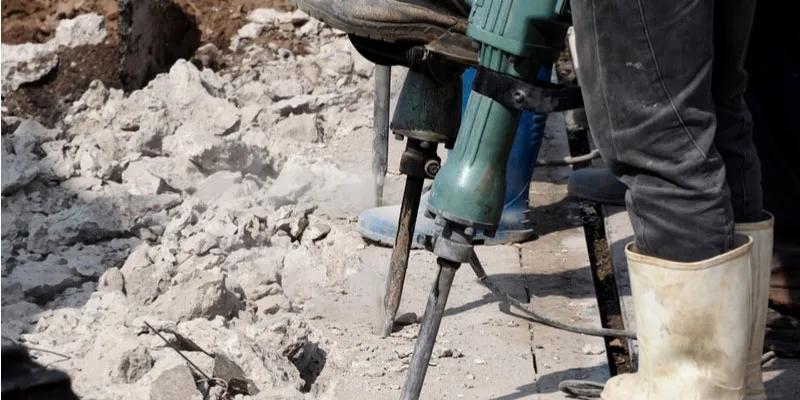
Maintaining Strict Safety Measures
Safety ranks highest when pounding through rock-hard material beneath floors or patios everywhere. Mark danger zones with cones, barrier tape, and bright signs visible from distance. Crew members wear goggles, respirators, helmets, and ear protection on every active shift. Pre-work inspections confirm brakes, blades, and hydraulics respond properly under sudden load. Misting systems or hose sprays reduce dust clouds that harm lungs and blur vision. Radio calls or hand signals prevent collisions between loaders and ground personnel nearby. Breaks scheduled at intervals fight fatigue that leads to poor reflexes or slips. Clean walkways remove cords, hoses, and debris that might cause tripping or falls. Keep medical kits close and maintain emergency contacts for rapid response at accidents. Rigid discipline with safety ensures every worker returns home unhurt after demolition.
Handling and Recycling Debris
Disposal strategy affects cost, timeline, and neighborhood impressions during noisy removals. Concrete fragments gain second life as road base, paver bedding, or fill material regionally. Early dumpster booking avoids awkward piles that clutter driveways or attract code fines. Separate scrap metals, rebar, and wiring from rubble to cut landfill fees. Record debris weights to comply with transport limits and control dumping charges carefully. Licensed haulers deliver waste to approved sites where crushing plants recycle usable aggregate quickly. Cover bins during transit to stop windblown dust and preserve clean street appeal. Maintain clear truck lanes to prevent ruts, cracked curbs, or lawn gouges around property. Environmental mindfulness builds goodwill with neighbors and demonstrates professionalism to potential buyers afterward. Responsible debris recycling matches sustainability goals and complements efficient lasting concrete slab demolition.
Frequently Asked Questions
What steps should I take to plan for a concrete slab demolition project?
Proper planning includes mapping out utilities, clearing furniture and vehicles, obtaining permits, scheduling work to reduce neighborhood disruption, and preparing an action list with tasks, helpers, and supply delivery times.Why should I hire professional contractors for concrete slab demolition?
Experienced contractors provide licensed operators, heavy machinery, insurance coverage, site surveys, code compliance, debris removal, and clear communication to ensure safe, efficient, and predictable demolition.What tools and equipment are essential for efficient concrete slab demolition?
Key tools include compact electric jackhammers, hydraulic breakers, walk-behind concrete saws, skid steer loaders, dump trailers, protective gear, and heavy-duty dumpsters. Proper equipment selection shortens timelines and ensures safety.How can I ensure safety during concrete slab demolition?
Safety measures include marking danger zones, using personal protective equipment (goggles, helmets, masks, ear protection), inspecting machinery, controlling dust, maintaining clean walkways, and keeping emergency medical kits on-site.What is the best way to handle and recycle debris from a demolition project?
Concrete debris can be recycled as road base, fill material, or paver bedding. Sort metals and rebar, record weights, use licensed haulers, book dumpsters in advance, and cover bins during transport to maintain a safe and sustainable site.
Completing the Final Restoration
Project closure means restoring order, grading soil, and preparing surfaces for upgrades. Check level lines where new patios, driveways, or garden structures may soon stand. Fill gaps with gravel, compact soil, and apply moisture control where drainage demands. Sweep patios, wash siding, and clear windows from fine dust left by machines. Inspect nearby walls, decks, or fences for vibration cracks needing sealant or paint. Seed lawns or replace plants displaced by loaders to rebuild outdoor beauty and charm. Store hammers, blades, and hoses in dry rooms to prevent rust or decay. Collect receipts, permits, and before-after photos for insurance records or real estate needs. Discuss lessons learned to refine methods for any upcoming remodel or expansion phase. Completing these finishing touches protects property value and rewards effort after concrete slab demolition.
For details and service booking, visit our official Google Business Profile.

